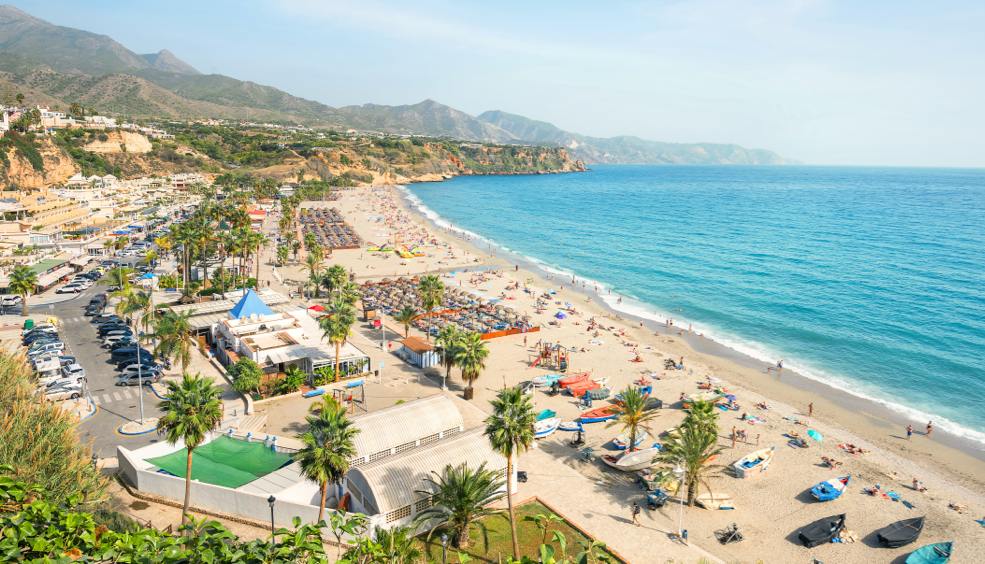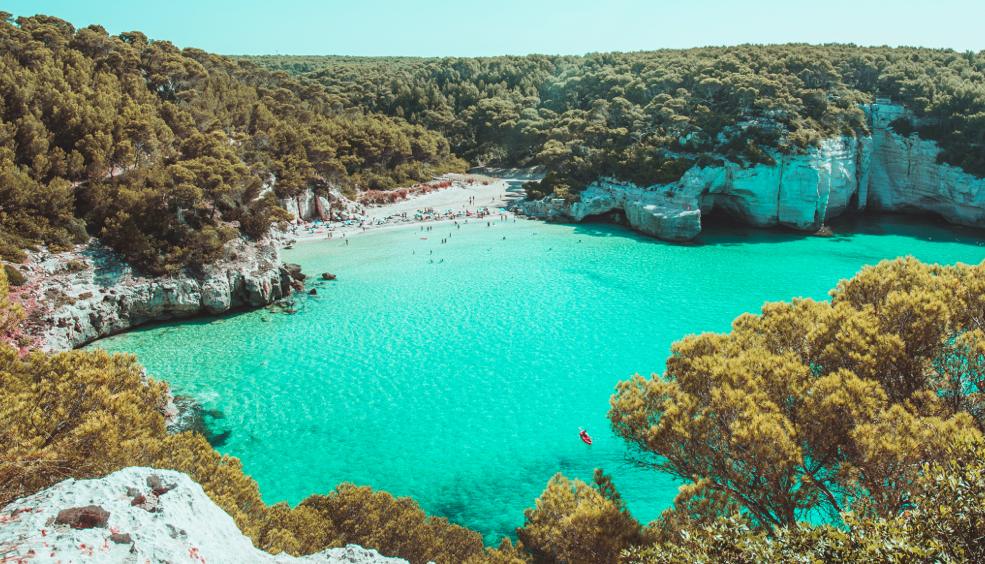3 COOL DESTINATIONS IN SPAIN TO GET AWAY FROM THE SUMMER HEAT
If you are desperate to get away from the sweltering heat, take a look at these destinations and get ready to use a blanket at night.
more infoNew routes from London to Spain with Vueling
Gatwick Airport now has direct flights to Malaga (Costa del Sol, Andalusia), Seville (Andalusia), Granada (Andalusia), Almería (Andalusia), Cádiz (Jerez, Andalusia), Menorca (Balearic Islands), Oviedo (Asturias) and A Coruña (Galicia).
more infoPairing of gastronomy plans in Santiago
Gastronomy tourism never goes out of fashion, and much less in a place like Santiago de Compostela (Galicia) which likes to boast - and rightly so - about the rich variety and quality of its shellfish, fish and meat dishes. The gastronomy festivals, traditional markets and food markets are ample justification for a pilgrimage to the capital of Galicia.
more info6 perfect destinations for September
Round off your summer with a getaway! Travelling in September is cheaper, and cities are less crowded. What could be better than a trip to recharge your batteries before getting back into the routine?
more info




